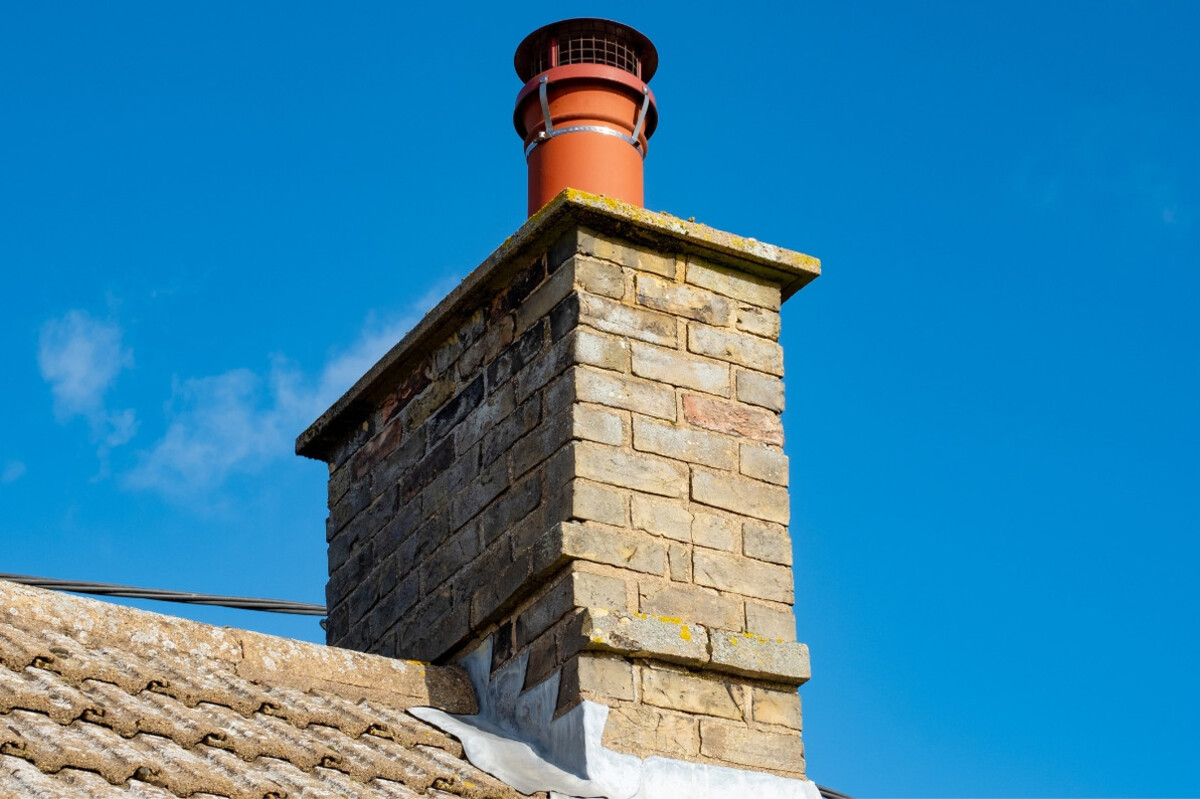

Articles
What Is The Top Part Of A Chimney Called
Modified: October 20, 2024
Discover what the top part of a chimney is called in our informative articles. Learn about chimney anatomy and terminology.
(Many of the links in this article redirect to a specific reviewed product. Your purchase of these products through affiliate links helps to generate commission for Storables.com, at no extra cost. Learn more)
Introduction
A chimney is a crucial component of a residential or commercial building, allowing smoke, gases, and other byproducts to safely exit the structure. While chimneys serve an essential function, they are also made up of various parts that work together to ensure proper ventilation and prevent potential hazards.
In this article, we will explore the top part of a chimney and its key components. Understanding the anatomy of a chimney can help homeowners and professionals maintain these structures effectively and ensure their longevity.
So, let’s dive into the world of chimneys and discover the top part that plays a critical role in their functionality and safety.
Key Takeaways:
- Protect Your Chimney with the Top Components
Chimney caps, crowns, flues, and spark arrestors are essential for keeping your chimney safe from water, debris, animals, and sparks. Regular maintenance ensures their effectiveness. - Safeguard Your Home with Top Chimney Maintenance
Understanding and caring for chimney components like caps, crowns, flues, and spark arrestors is crucial for preserving chimney integrity and ensuring long-term safety.
Read more: What Are Parts Of Stairs Called
Anatomy of a Chimney
Before we delve into the top part of a chimney, let’s familiarize ourselves with its overall structure. A chimney is composed of several components that work in unison to provide ventilation and eliminate dangerous gases and smoke.
The base of the chimney is called the foundation, which provides stability and support. Above the foundation is the chimney base or footing, which connects the chimney to the building’s structure. The chimney shaft, often made of brick or masonry, is the vertical part that extends above the roofline.
Within the chimney shaft, there are various internal parts that facilitate the safe passage of smoke and gases. These include the flue, which is a duct that carries the combustion byproducts to the outside. The flue is typically lined with clay tiles or metal liners to protect the chimney walls from heat and corrosive substances.
Now that we have a basic understanding of the anatomy of a chimney, let’s explore the top part in detail and understand its significance in maintaining chimney function and safety.
The Top Part of a Chimney: Overview
When it comes to the top part of a chimney, there are a few key components that play a crucial role in its functionality and protection against external elements. These components include the chimney cap, chimney crown, chimney flue, and spark arrestor.
The top part of a chimney acts as a shield, preventing rain, debris, and animals from entering the chimney shaft. Additionally, it helps in maintaining proper airflow, reducing the risk of backdraft and improving overall chimney performance.
Understanding the purpose and importance of each component of the top part is essential for homeowners and chimney professionals to ensure the chimney’s long-term functionality and safety.
Chimney Cap
One of the key components of the top part of a chimney is the chimney cap. A chimney cap, also known as a chimney cover or chimney top, is a protective covering that sits on top of the chimney opening.
The primary function of a chimney cap is to prevent water, debris, and animals from entering the chimney. Rainwater can be particularly damaging to a chimney, causing the masonry to deteriorate over time. By installing a chimney cap, homeowners can prevent water from seeping into the chimney and potentially causing structural damage.
In addition to keeping out moisture and debris, a chimney cap also serves as a deterrent to animals. Birds, squirrels, and other small animals often seek refuge in chimneys, especially during colder months. While animals nesting in a chimney may seem harmless, their presence can block the flue and create a fire hazard. A chimney cap with mesh or wire coverings helps to keep unwanted critters out while still allowing the escape of smoke and gases.
Another advantage of a chimney cap is that it acts as a spark arrestor. When wood or other fuel is burned in a fireplace or stove, embers can sometimes escape up the chimney. Without a chimney cap, these embers could potentially land on the roof or nearby combustible materials, leading to a fire. A chimney cap equipped with a spark arrestor mesh helps to catch and extinguish these sparks, reducing the risk of fire.
Overall, a chimney cap is an integral part of the top section of a chimney. It provides protection against moisture, debris, animals, and sparks, ensuring the longevity and safety of the chimney system.
The top part of a chimney is called the chimney cap or chimney crown. It helps to prevent water, debris, and animals from entering the chimney, and also helps to improve the draft. Regular maintenance of the chimney cap is important to ensure proper functioning of the chimney.
Chimney Crown
The chimney crown is another important component of the top part of a chimney. It is a masonry or concrete slab that covers the top surface of the chimney, sealing and protecting it from external elements.
The primary purpose of a chimney crown is to prevent water from entering the chimney structure. It acts as a barrier, directing water away from the flue opening and preventing it from seeping into the chimney walls. Without a properly functioning chimney crown, water can penetrate the chimney, leading to various issues such as cracks, leaks, and deterioration of the masonry. Over time, this can compromise the structural integrity of the chimney and pose a safety risk.
In addition to its water-resistant properties, the chimney crown also serves as a protective layer for the masonry. It shields the chimney from the impact of rain, snow, and ice, which can cause cracking and spalling of the bricks or stones. By providing a durable and stable surface, the chimney crown helps to extend the lifespan of the chimney.
To ensure the effectiveness of a chimney crown, it should be constructed with quality materials and installed correctly. Ideally, the crown should have a slight slope away from the flue opening to facilitate proper water runoff. Waterproofing agents can also be applied to enhance the crown’s resistance to moisture.
Regular inspection and maintenance of the chimney crown is vital to identify any signs of damage or deterioration. Cracks, gaps, or crumbling should be addressed promptly to prevent further water intrusion and protect the chimney from costly repairs.
In summary, the chimney crown plays a critical role in protecting the chimney structure from water damage and maintaining its integrity. A well-designed and maintained chimney crown is essential for the longevity and functionality of the chimney system.
Read more: What Are The Parts Of The Faucet Called?
Chimney Flue
The chimney flue is a significant component of the top part of a chimney. It is a passageway that allows the smoke, gases, and combustion byproducts to exit the building safely.
The chimney flue can be made of different materials, including clay tiles, metal liners, or even masonry. Its primary function is to provide a clear and unobstructed pathway for the smoke to rise and be released into the atmosphere. The size of the flue is determined by the size and type of the heating appliance it serves, ensuring proper draft and ventilation.
One of the crucial roles of the chimney flue is to contain and direct the high-temperature gases produced during the combustion process. The flue lining, whether made of clay or metal, helps to protect the chimney walls from the extreme heat, preventing damage and maintaining the structural integrity of the chimney.
Regular maintenance and inspections of the chimney flue are essential to ensure its proper function. Creosote, a byproduct of combustion, can accumulate on the flue walls and create a fire hazard. Cleaning the flue regularly helps to remove creosote buildup, reducing the risk of chimney fires.
In some cases, flue obstructions such as animal nests, debris, or loose bricks can restrict the flow of smoke and gases, leading to poor performance and potential dangers. It is crucial to have the flue inspected and cleared if any obstructions are detected.
Furthermore, the chimney flue plays a role in energy efficiency. A properly sized flue ensures a sufficient draft, allowing fuel to burn efficiently and minimizing the risk of smoke and carbon monoxide entering the living space.
In summary, the chimney flue is a vital component of the top section of a chimney. It facilitates the safe exit of smoke and gases, prevents damage to the chimney structure, and contributes to the overall efficiency and safety of the chimney system.
Spark Arrestor
When it comes to maintaining the safety of a chimney, one crucial component of the top part is the spark arrestor. A spark arrestor is a device installed on top of the chimney or chimney cap to prevent sparks and embers from escaping and potentially causing a fire.
During the combustion process, particularly with wood-burning appliances, small burning particles and embers can be carried up the chimney. Without a spark arrestor, these sparks could land on the roof, nearby vegetation, or other flammable materials and ignite a fire.
A spark arrestor typically consists of a mesh screen or metal grating with small openings. This design allows smoke and gases to pass through freely while capturing larger burning particles and preventing them from being discharged into the environment.
The spark arrestor serves as an important safety measure, especially if the chimney is located in an area prone to wildfires or has nearby combustible materials. It helps reduce the risk of accidental fires caused by airborne embers and sparks from the chimney.
Regular maintenance of the spark arrestor is essential to ensure its effectiveness. Over time, the mesh screen can become clogged or corroded, impairing its ability to capture sparks. Cleaning or replacing the spark arrestor as needed is vital to maintain optimal safety.
It is worth noting that some regions or building codes may require the installation of a spark arrestor on chimneys. Compliance with these regulations is crucial to ensure the safety of both the property and the surrounding environment.
In summary, the spark arrestor plays a crucial role in preventing airborne sparks and embers from escaping the chimney and causing fires. Its installation and maintenance are essential for the overall safety of the chimney system and the surrounding area.
Conclusion
Understanding the different components of the top part of a chimney is crucial for maintaining its functionality, longevity, and safety. Each component serves a specific purpose in protecting the chimney from external elements and potential hazards.
The chimney cap acts as a protective covering, preventing water, debris, and animals from entering the chimney shaft. It also helps to prevent sparks from escaping and causing fires. Regular inspection and maintenance of the chimney cap ensure its effectiveness in safeguarding the chimney.
The chimney crown, a masonry or concrete slab, plays a vital role in preventing water damage and protecting the chimney structure. It directs water away from the flue opening, ensuring the integrity and longevity of the chimney. Regular maintenance and repair of the chimney crown are essential to avoid expensive repairs in the future.
The chimney flue, a passageway for smoke and gases, ensures a clear and unobstructed pathway for the combustion byproducts to exit the building safely. Regular cleaning and inspections of the flue help to prevent creosote buildup and obstructions, maintaining the efficiency and safety of the chimney system.
The spark arrestor, a device installed on top of the chimney or chimney cap, helps to prevent sparks and embers from escaping and causing fires. Its regular maintenance and compliance with local regulations are crucial for ensuring the safety of the chimney and its surroundings.
In conclusion, the top part of a chimney is a complex system of components that work together to ensure the proper ventilation and safety of the chimney. Regular inspection, maintenance, and timely repairs are vital to preserve the integrity and lifespan of the chimney. By understanding and caring for these top parts, homeowners and professionals can enjoy the warmth and ambiance of a well-maintained chimney system for years to come.
Frequently Asked Questions about What Is The Top Part Of A Chimney Called
Was this page helpful?
At Storables.com, we guarantee accurate and reliable information. Our content, validated by Expert Board Contributors, is crafted following stringent Editorial Policies. We're committed to providing you with well-researched, expert-backed insights for all your informational needs.

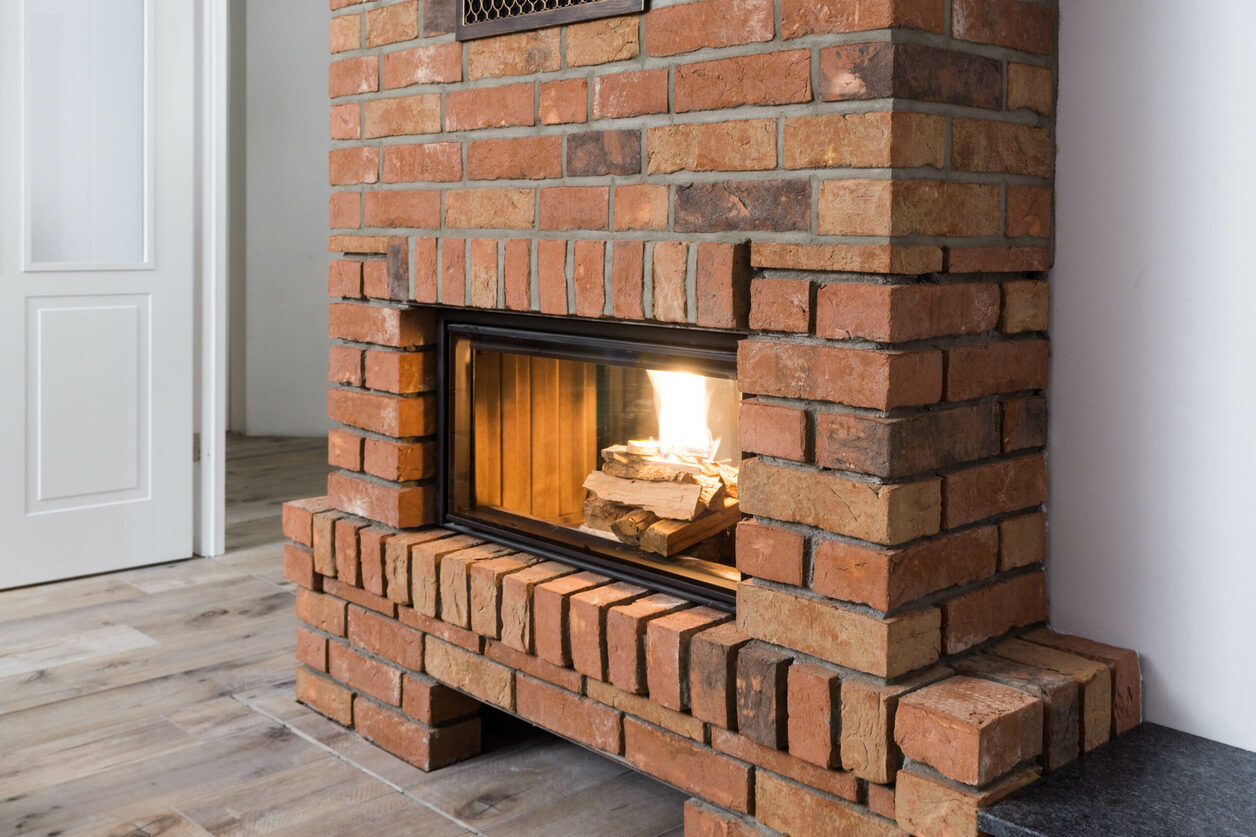
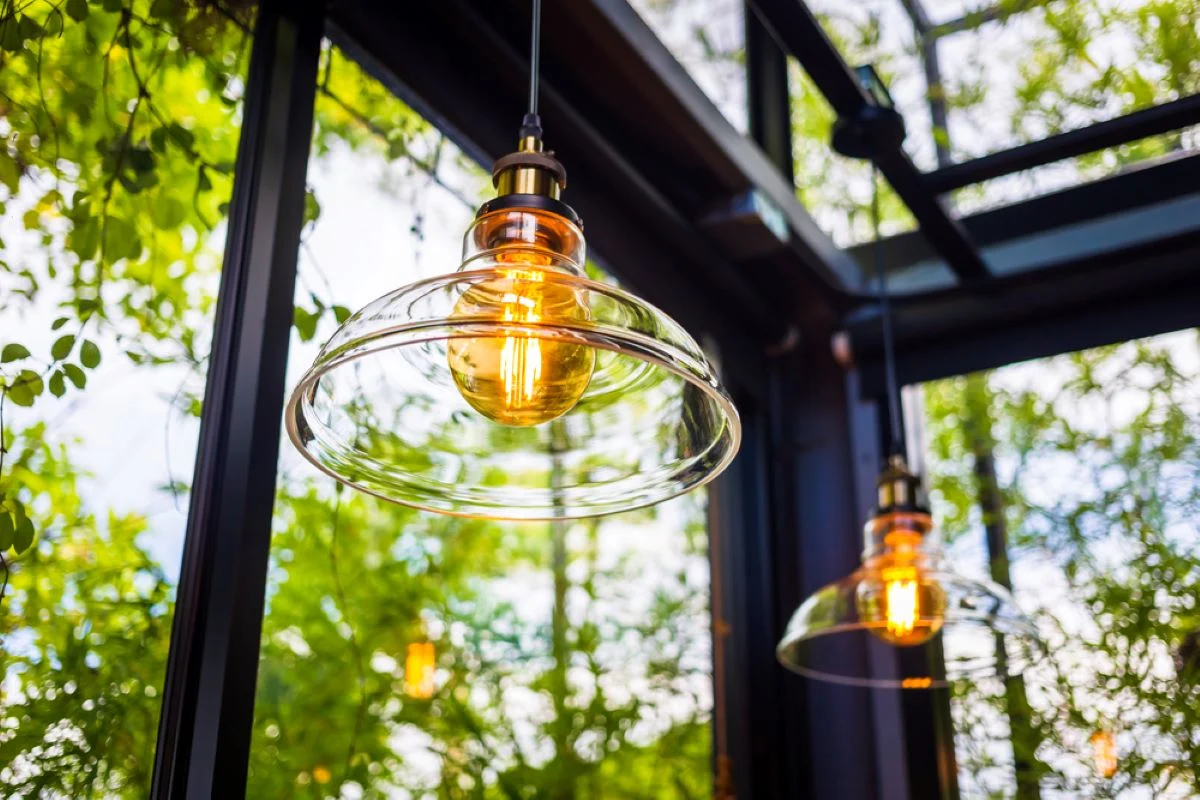
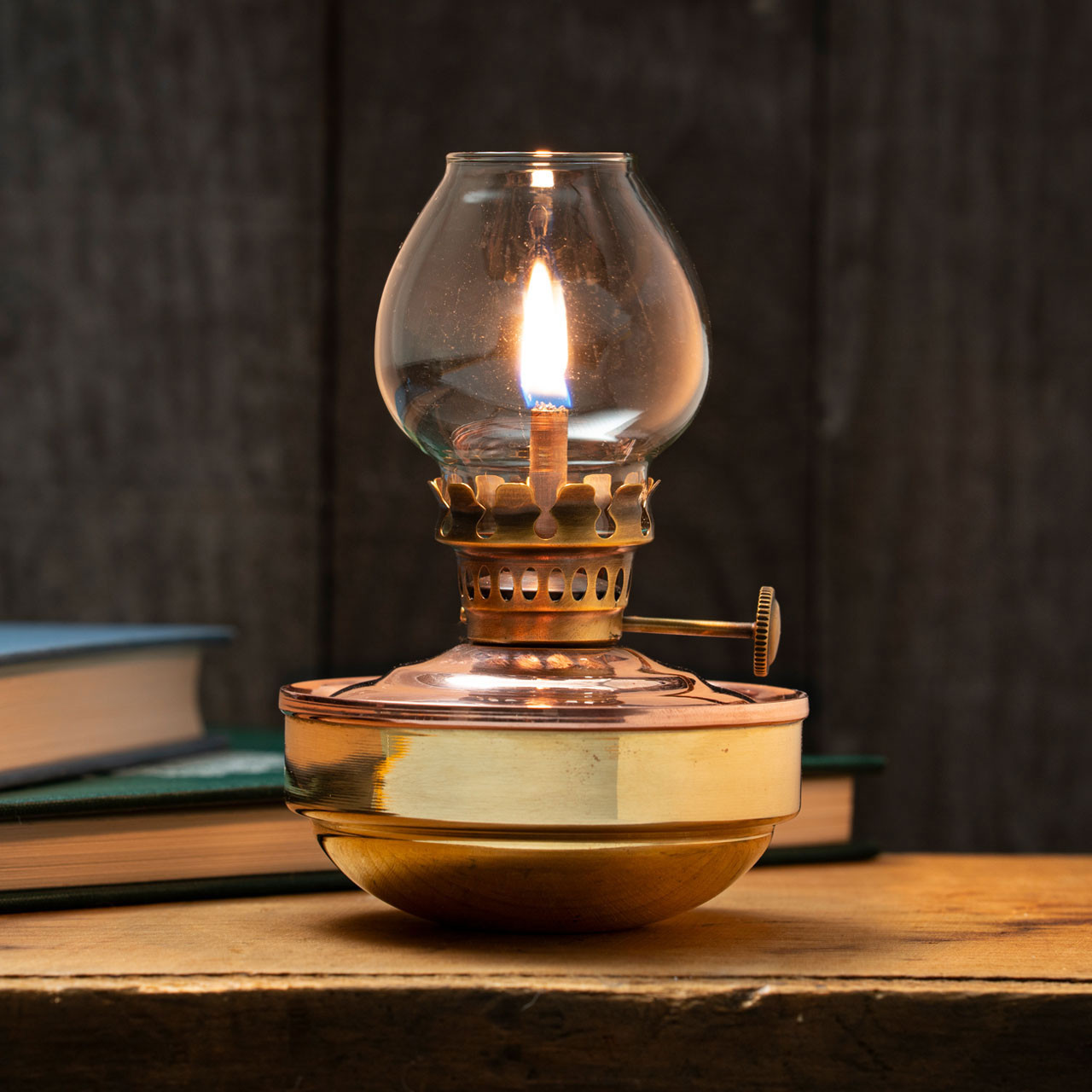

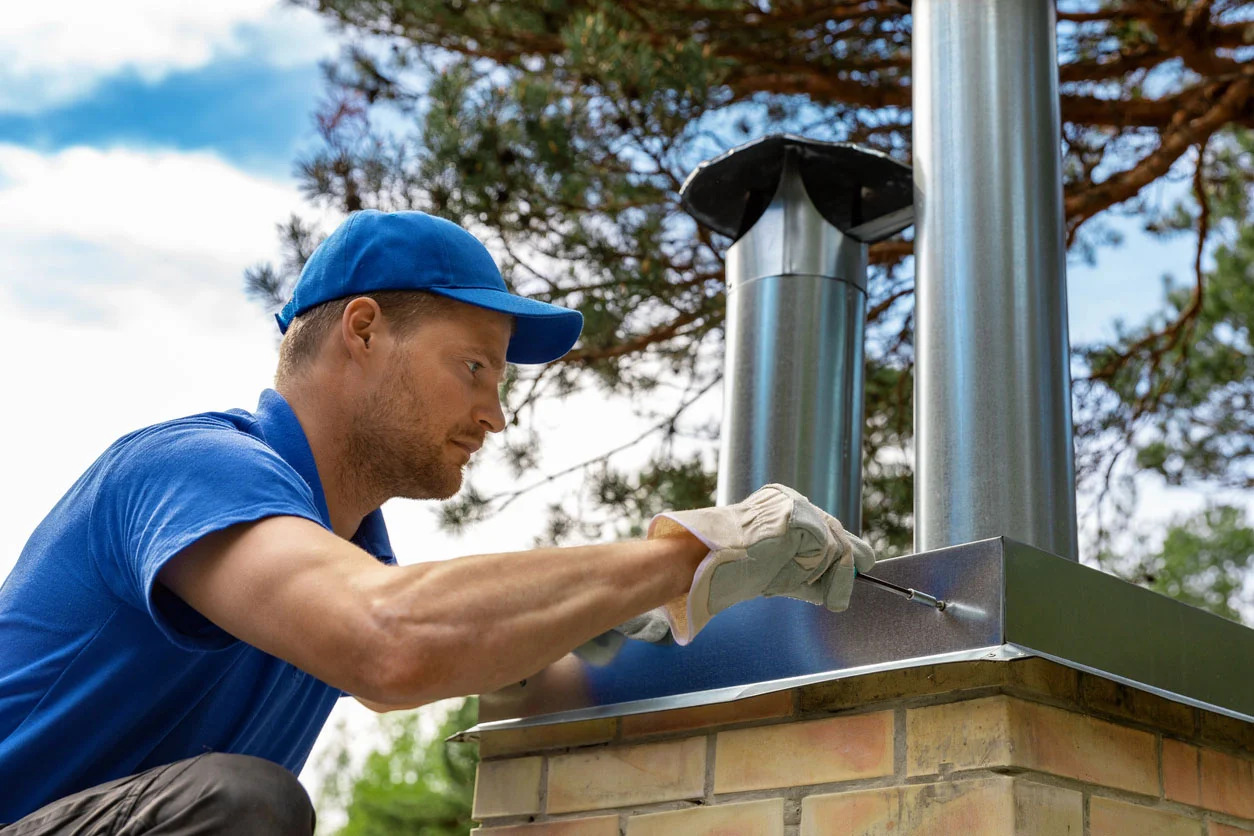
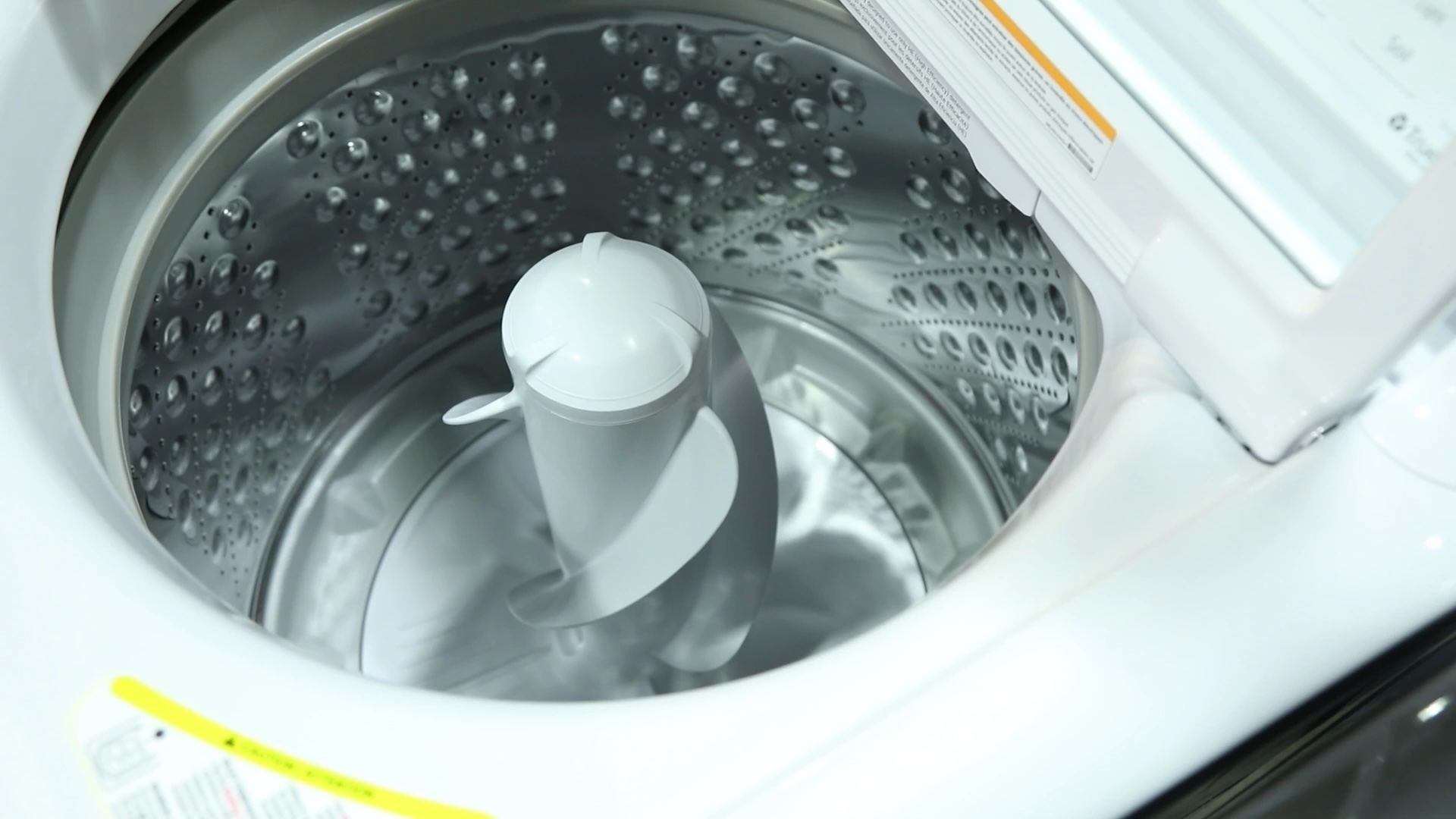
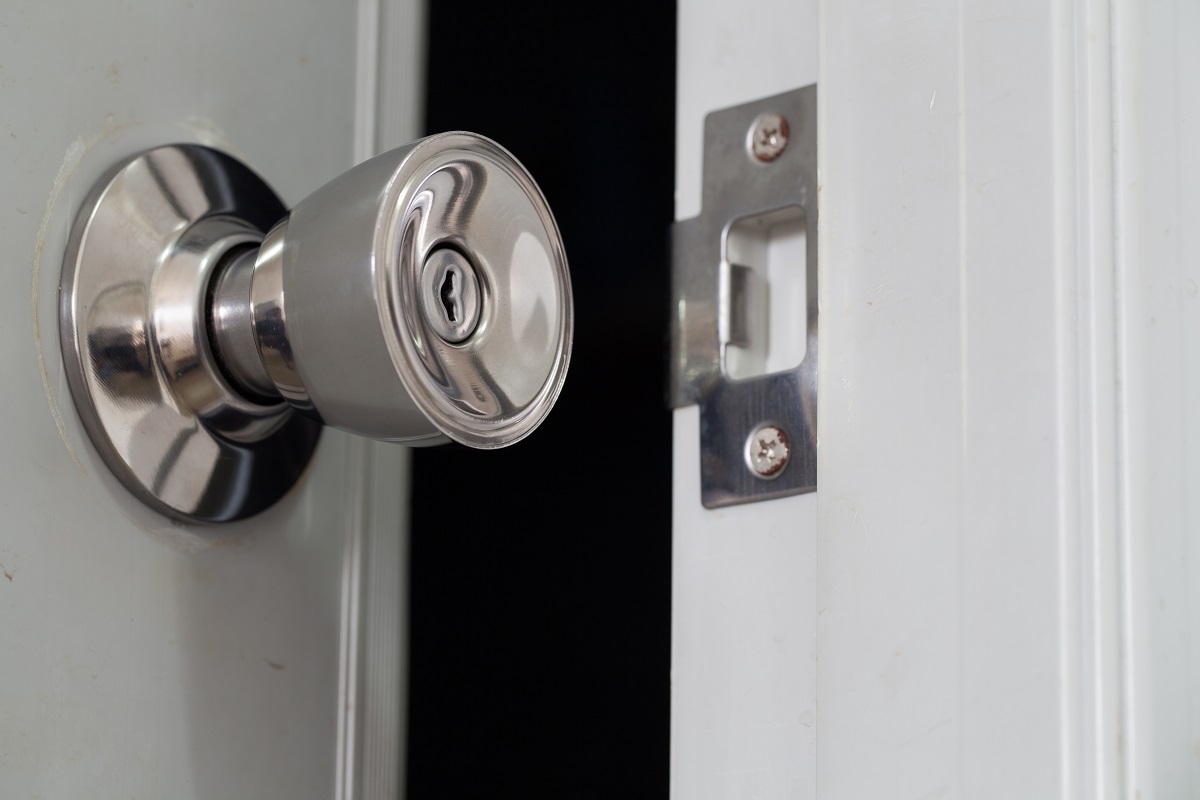

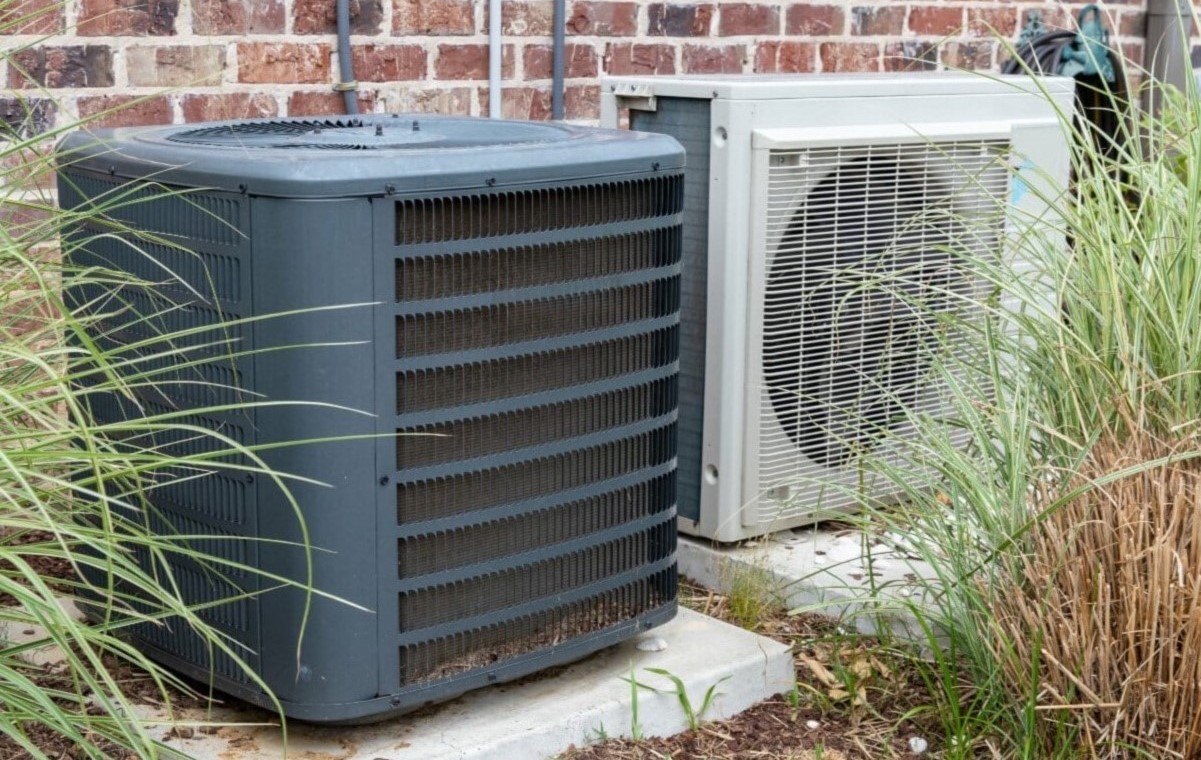
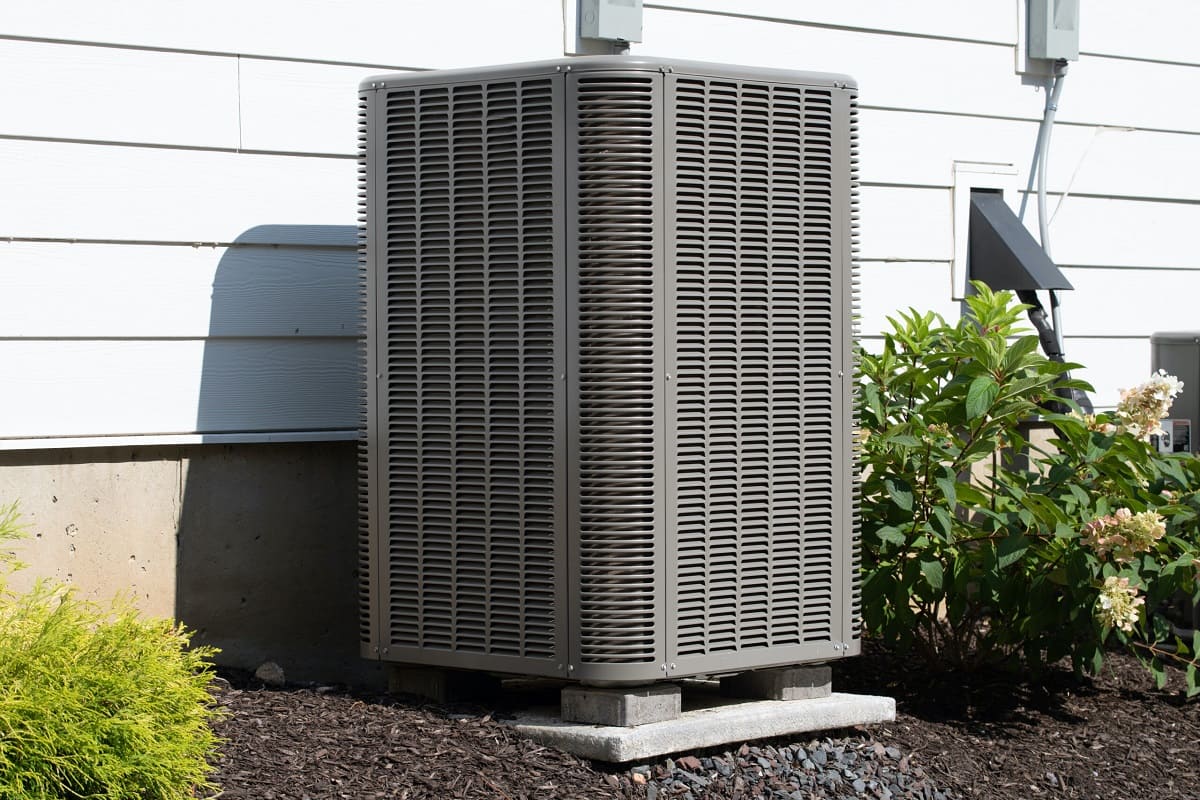
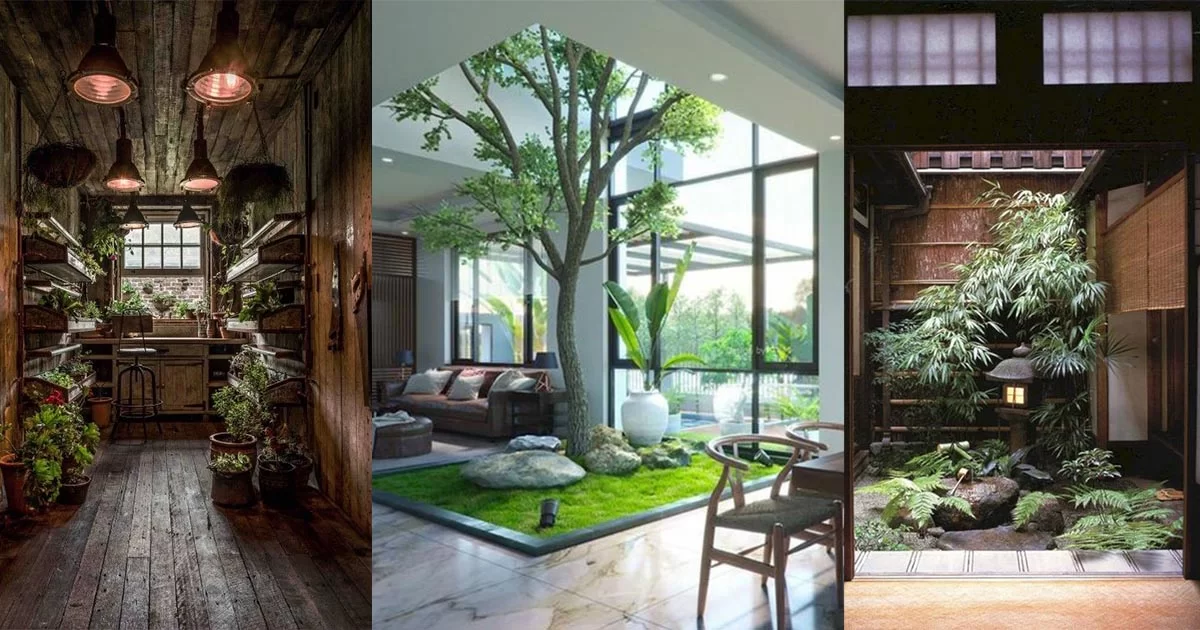

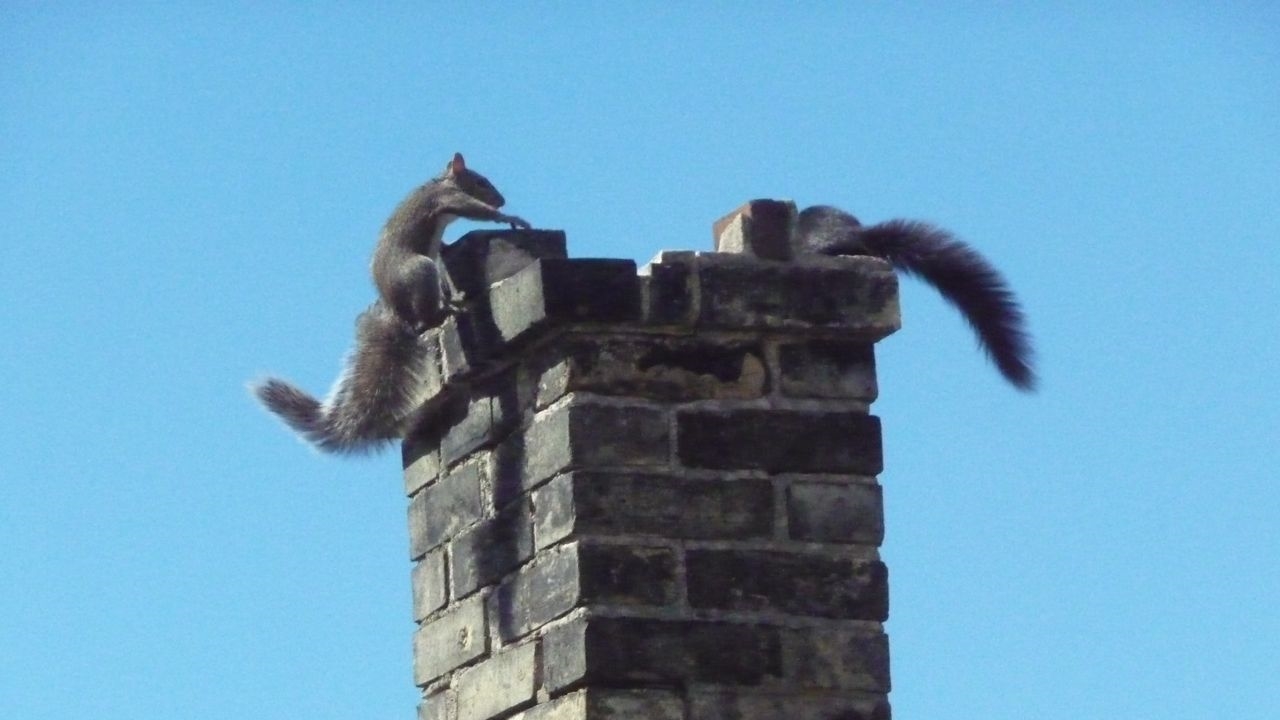

0 thoughts on “What Is The Top Part Of A Chimney Called”